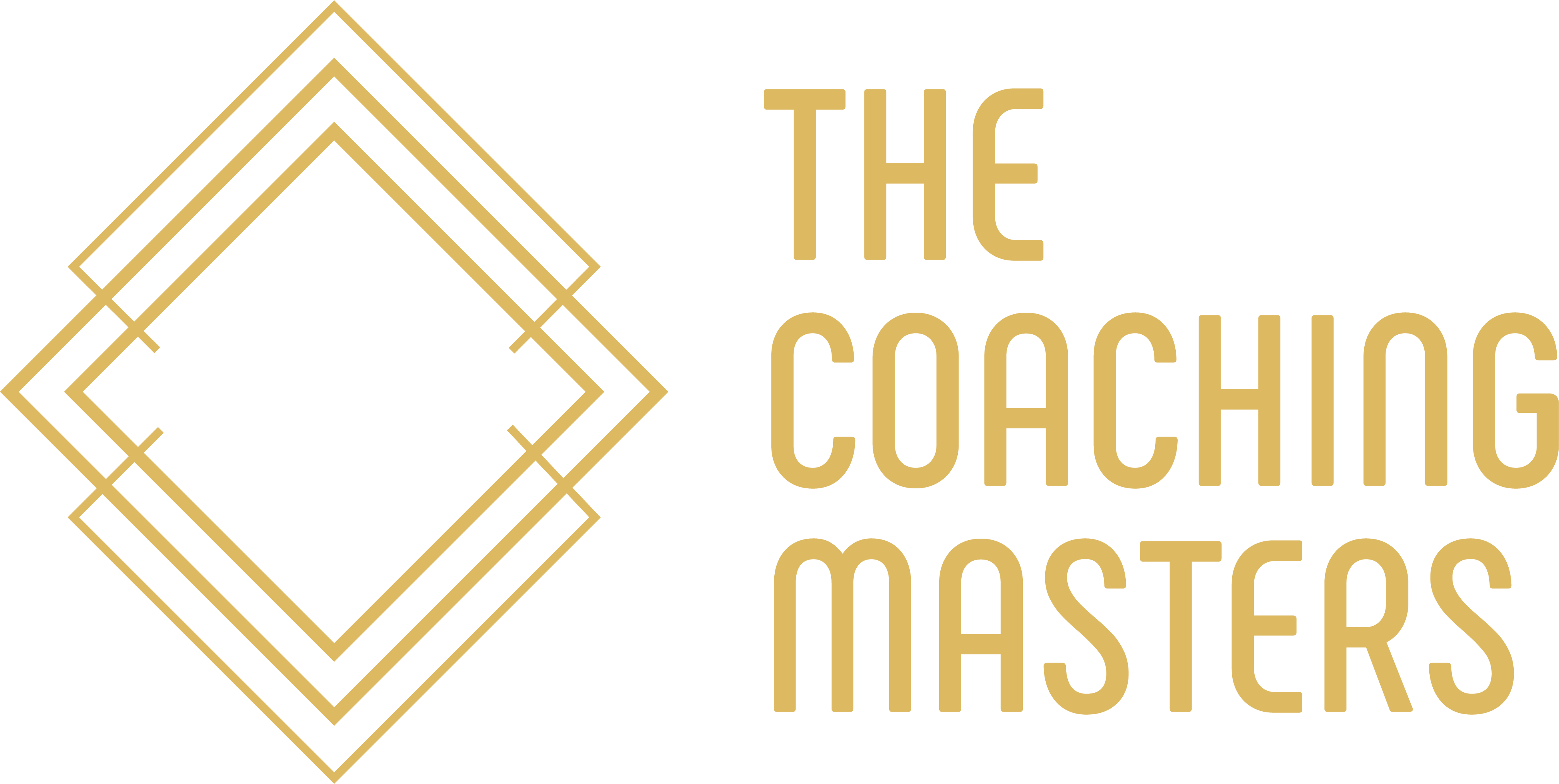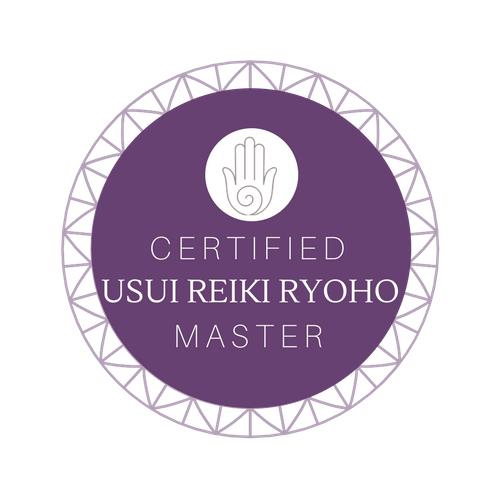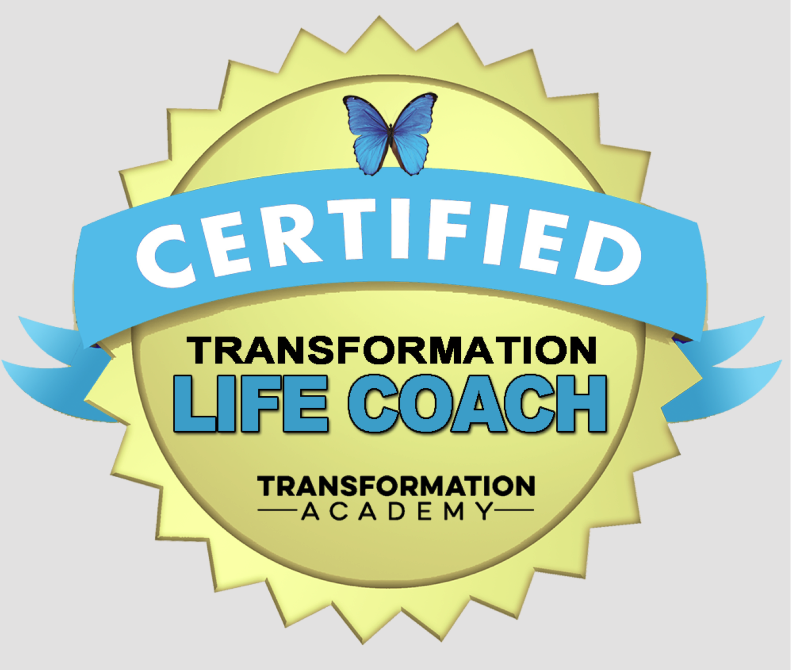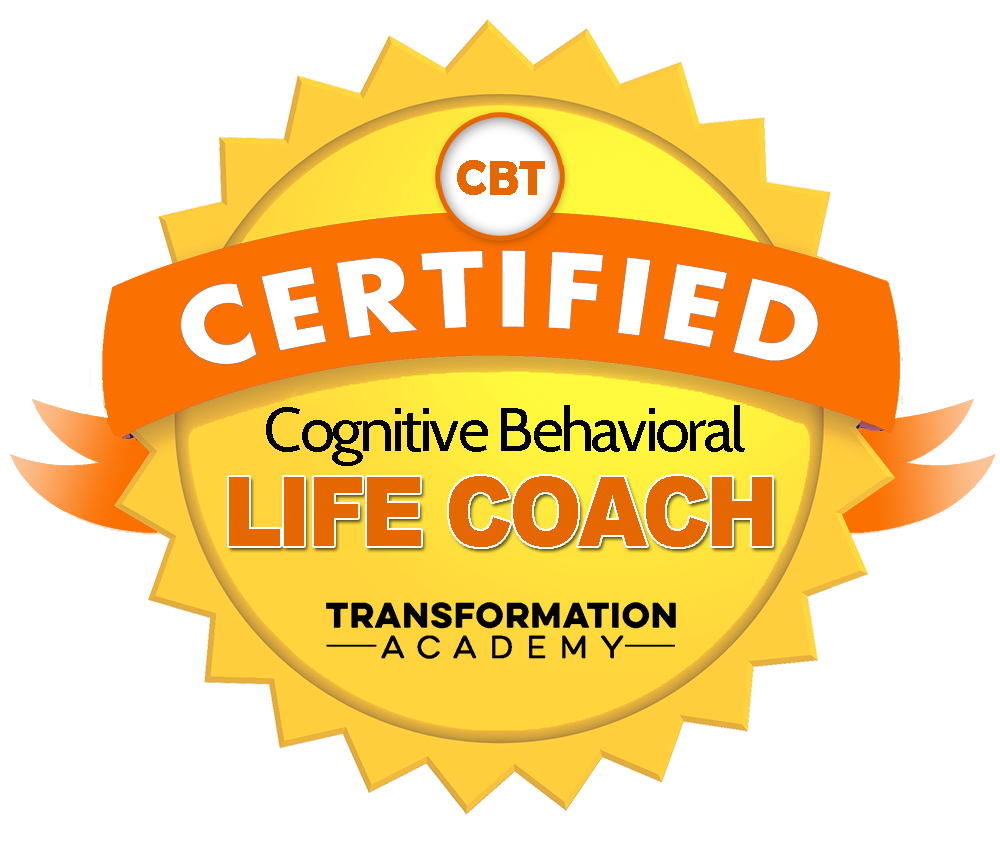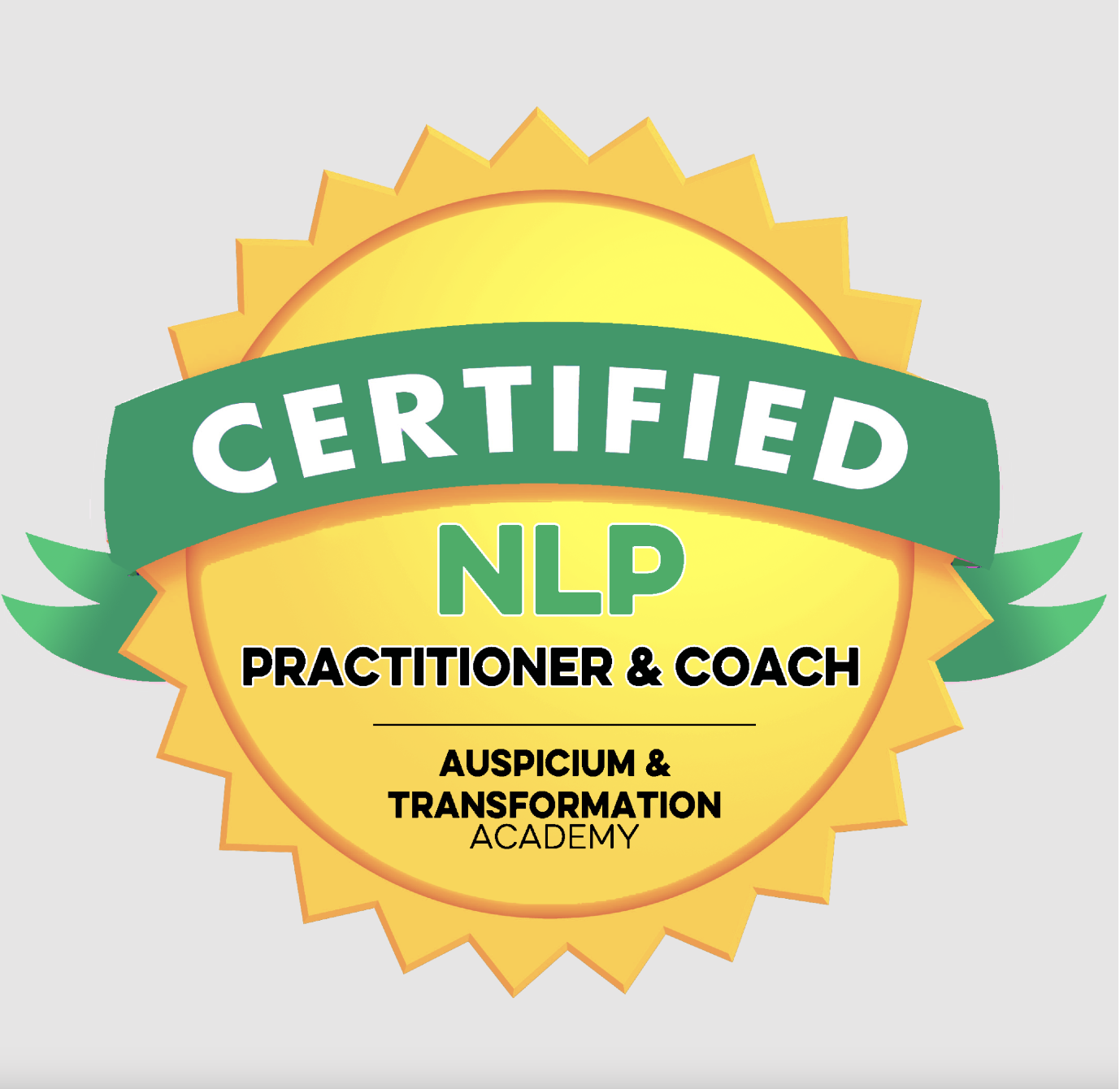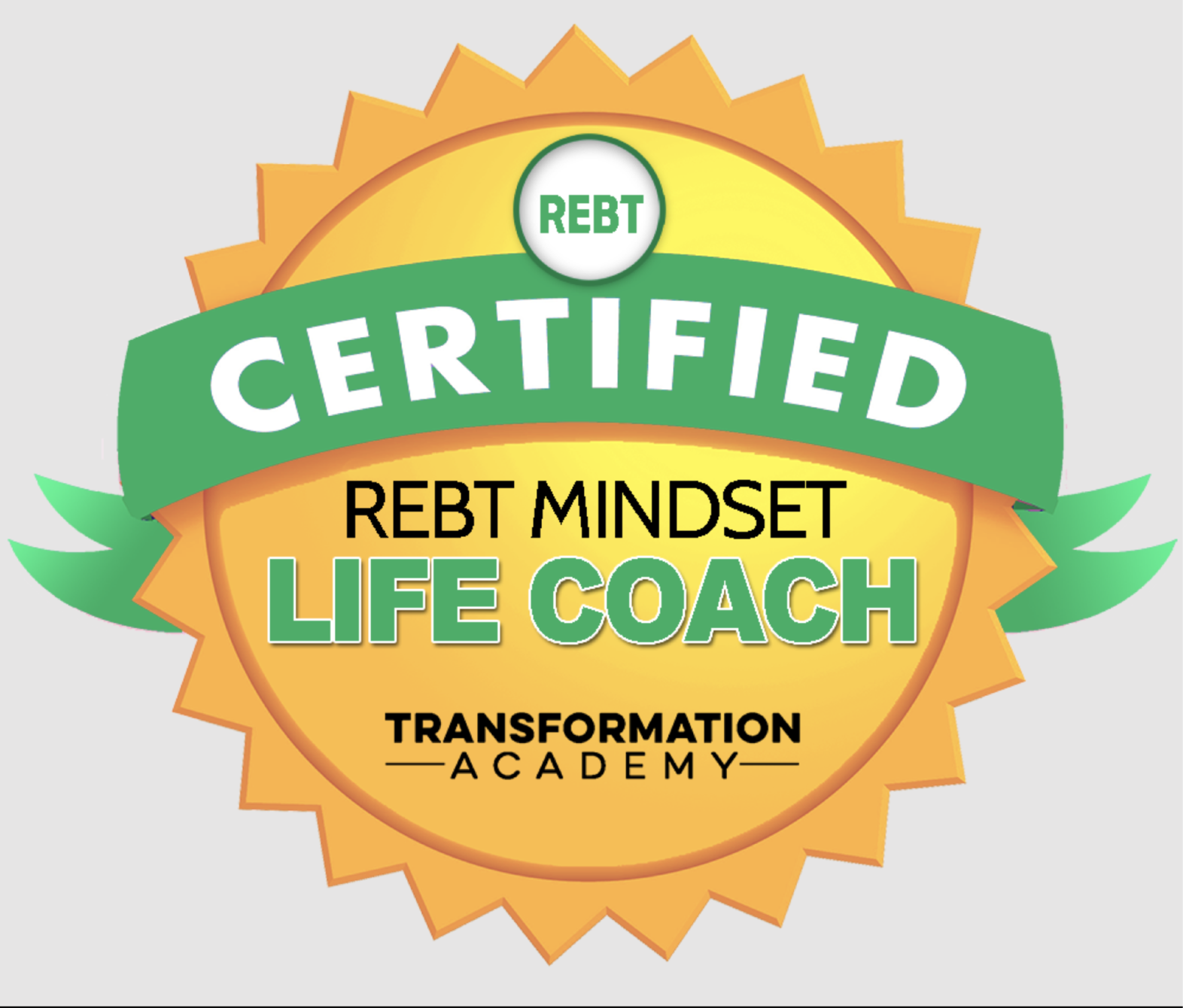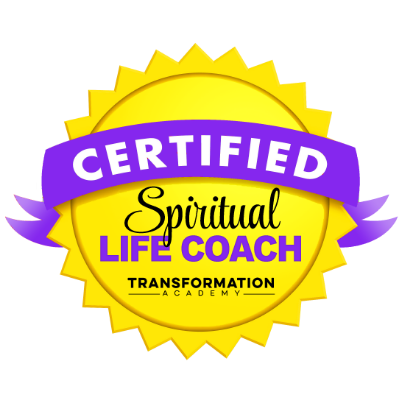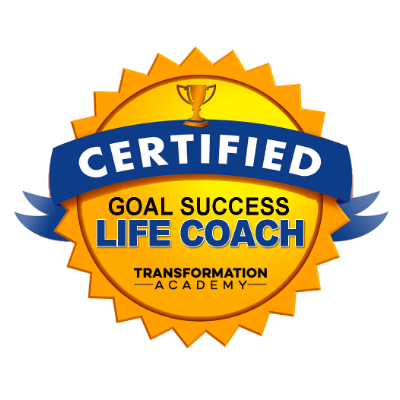Hatha Yoga
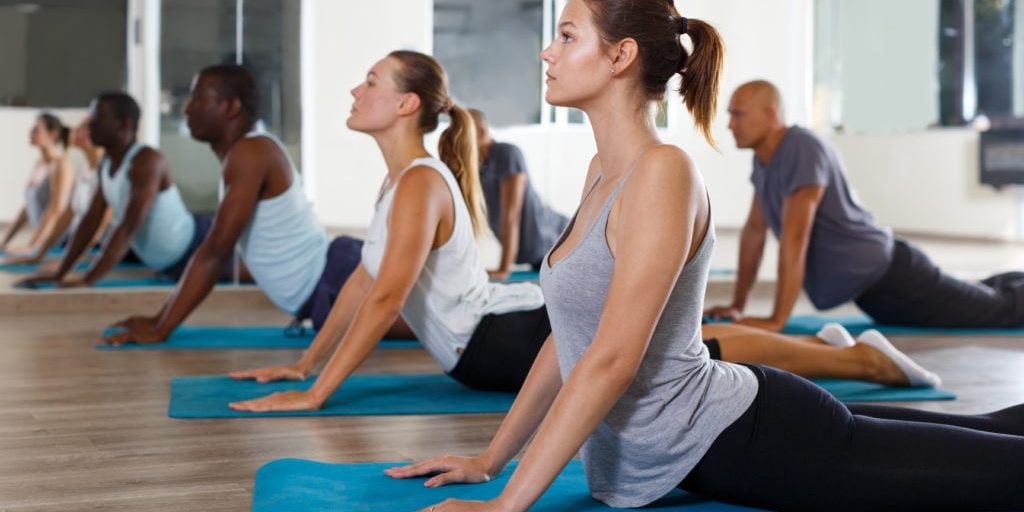
Hatha yoga is a type of yoga that was introduced by Yogi Seatmarama. This was a yogic sage that lived in India in the 15th century. This is the most popular form of yoga.
Hatha yoga is an ancient Hindu system of working with the human nervous system. Because it releases tension and endows one with renewed energy, far too many 20th-century yoga teachers have come to look upon the venerable Indian physical science as solely an exercise for the health and vitality of mind and body. It is that, but it is also much more. Hatha yoga practices are more spiritual than physical, more subtle than gross, and more a means of understanding than an exotic way to relieve stress or limber up the body.
Several other styles of yoga originated from this type including Bikram Yoga, Kundalini Yoga, Power Yoga and Ashtanga Yoga. The word “hatha” comes from two Sanskrit terms: “ha” which means “sun” and “tha” which means “moon”. Thus, the Hatha branch of yoga unites pairs of opposites.
Hatha Yoga strives to achieve a balance between the body as well as the mind. It tries to free the spiritual elements of one’s mind through Asanas or physical poses, meditation, and breathing techniques, or Pranayama.
Asanas are different body positions that are designed to improve one’s health and remove diseases from the body. These positions were originally meant for meditation because these postures tend to make you feel relaxed for long periods.
By regularly practicing Asanas, you will gain muscle flexibility, bone strength, development of concentration, willpower, and self-withdrawal.
As you perform the asanas, concentrate on feeling the energies within the nerve currents. Sensitize yourself to know when the body has been in each position long enough to tune the nerve currents involved. Then shift smoothly into the next asana. It's like a dance, a deliberate, fluid dance. During all postures, inhale using the diaphragm, not the chest muscles. Do not stretch unduly or force the body. Relax into the poses. Don't worry if you can't perform them all perfectly. In time, you will find the body becoming more flexible and supple. Free the mind of thoughts and tensions. You will be more aware, more alive, more serene.
Pranayama is the science of breath control. This is an integral part of Hatha Yoga. The yogis of ancient times believed that to control one’s mind you had to control the breathing. This practice can also help unleash any dormant energies that are lying deep within your body.
When you practice Hatha Yoga, you can recognize your hidden mental and physical potential. As you continue your performance of Asanas, you will gain more strength and flexibility and learn to stay relaxed during stressful situations.
The sages who developed hatha yoga designed it as a way to gain conscious control of our life energies, a way to go within, to harmonize the external so the innermost Self could be encountered. To them, it was about states of consciousness, about living a divine life, and it was a preparation for meditation.
While there are many more complex hatha yoga routines, these twenty-four asanas provide a balanced system for daily use. For the simple purpose of quieting the mind in preparation for meditation, this is all you will ever need. For best results, hatha yoga should be taught personally by a qualified teacher. These instructions and drawings are meant only as a rudimentary aid. For more elaborate regimens, inquire at a recognized school specializing in hatha yoga.
The scene of hatha yoga has a spiritual purpose - to balance physical and physical energies in preparation for meditation. It is not only meant to make us young, beautiful, or creative, but to aid us in quieting the mind, body, and emotions so that we may awaken enlightened consciousness & know the Self within.
Click the link below to book your free clarity call or free virtual coffee chat.
Grab a copy of our newletter by completing the form below, this will then be sent to your inbox every month.
My Affirmation For The Week
"Creativity is contagious. Pass it on."
